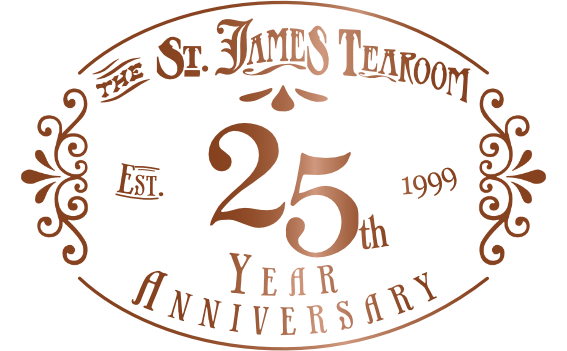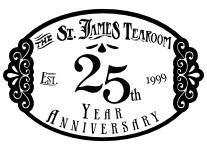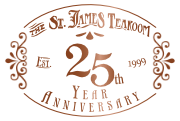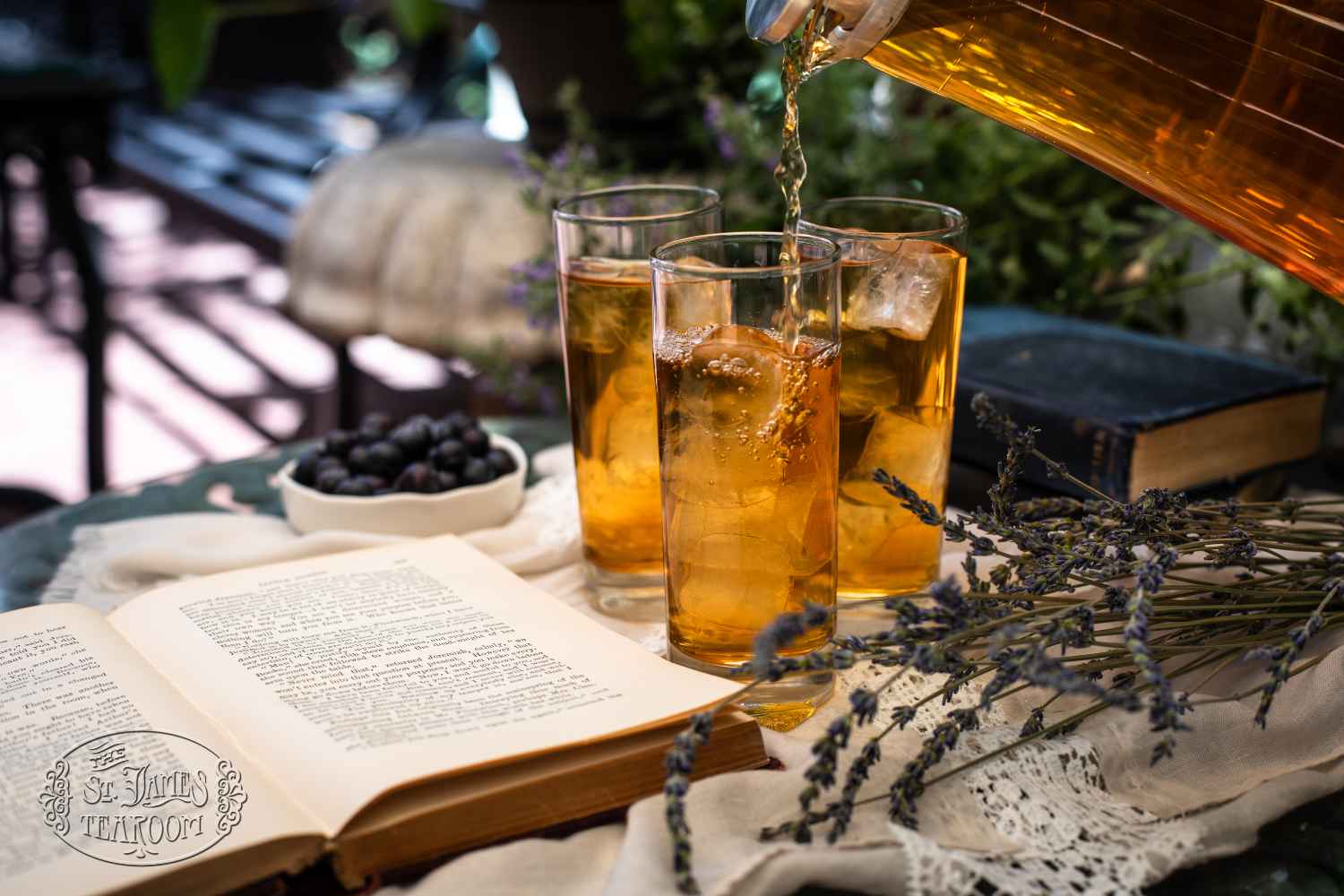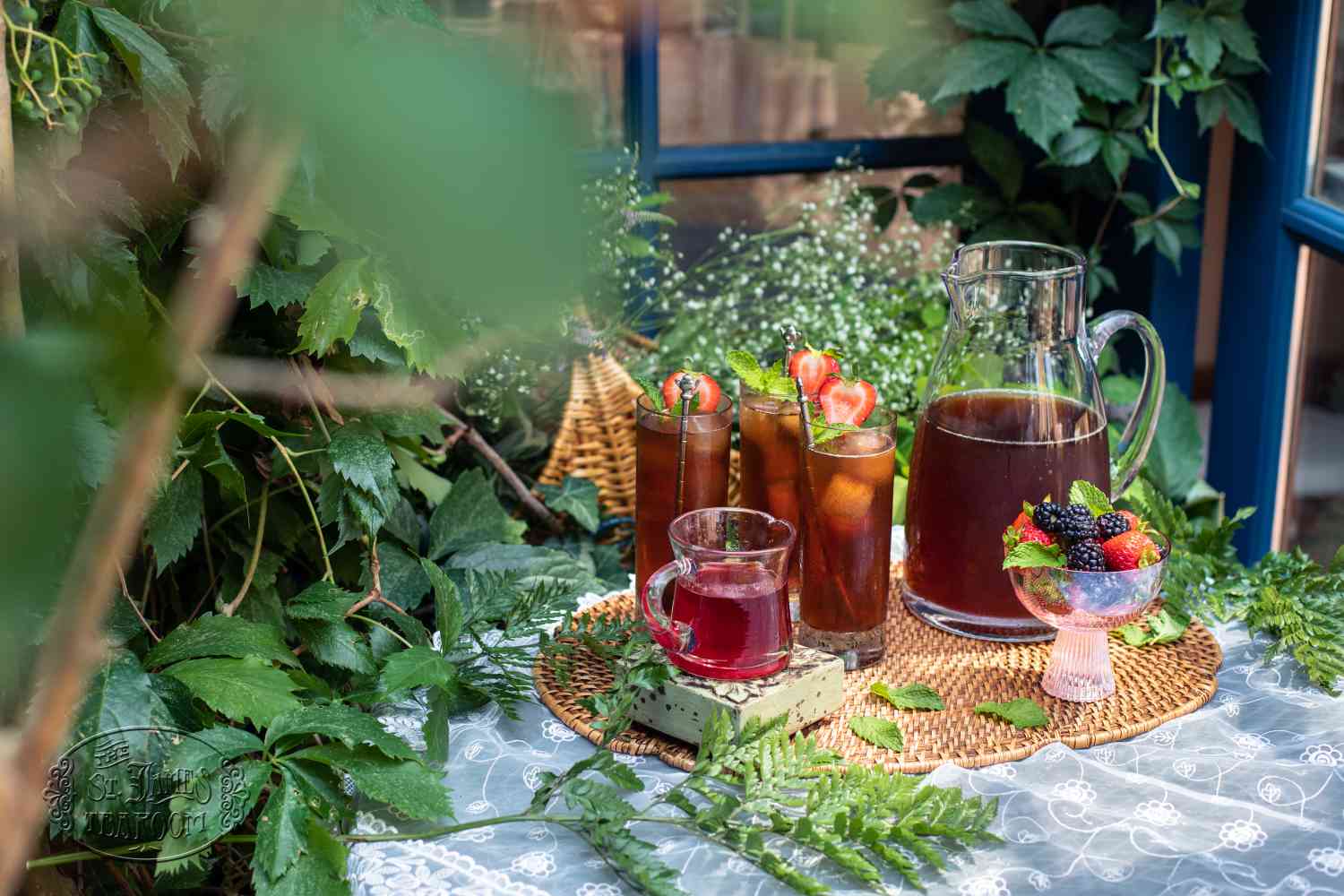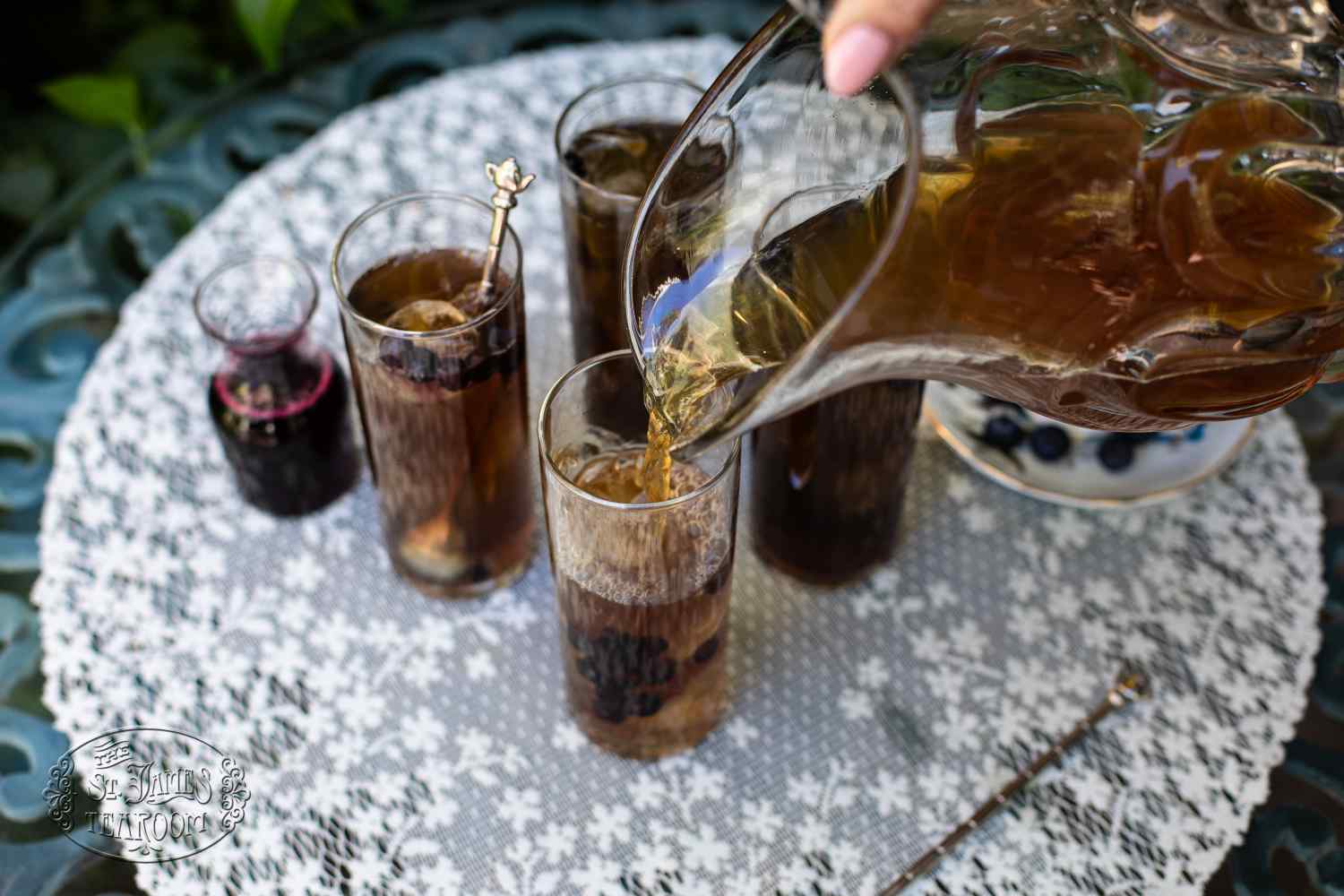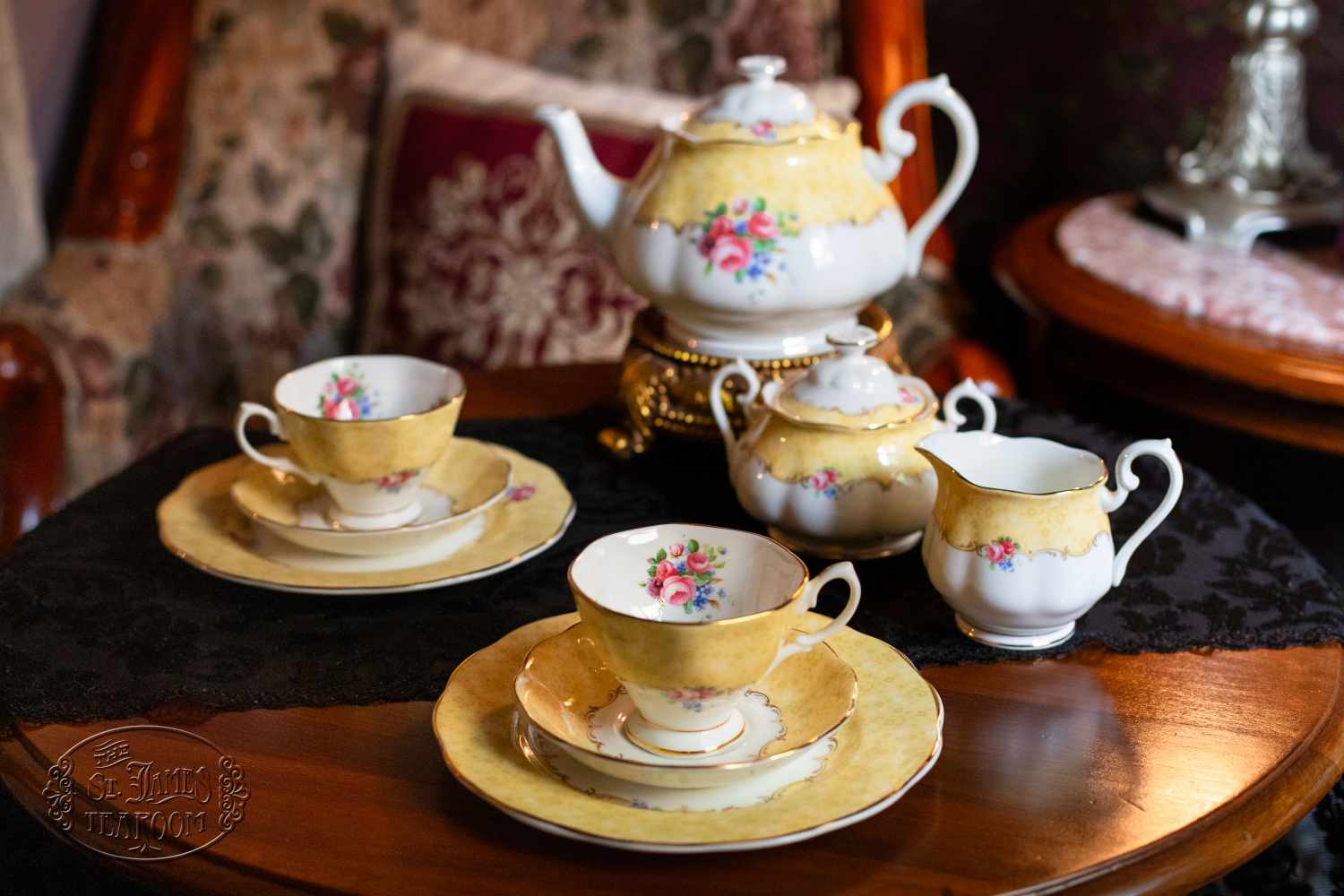
Porcelain Q&A
Is “China” the same as “Porcelain?”
In the beginning, china and porcelain were one and the same. As teaware began to be imported along with tea from China, it became known for its place of origin: China. This teaware from China took the western world by storm. No one had ever seen anything like it before. It was pure white! When color was added, the color was vibrant and jewel-like! If the piece was thin enough, light could pass through it; it was translucent! It had a ring, a resonance! No other ware had such unique qualities. This teaware came all the way from China and was only affordable to kings and the wealthiest nobles. And at one point, “china” was actually worth more than gold.
When those who produced this ware in China figured out they had a steady market that would gobble up all they could produce, they began to produce more and more. Each individual piece, though, was still made on a potter’s wheel, which is why the early teacups had no handles. As China became more adept at creating greater and greater quantities of “china” and as ship’s captains found it made the perfect ballast for their vessels importing tea, the price began to come down and more “china” was seen on more and more tea trays in Europe and Britain.
It can be confusing because of these two names, but if tableware claims to be “china,” it should mean that it is made of porcelain. If something is made of porcelain, that means that the clay it is made from is kaolin, which is the purest and whitest clay in the world. There are other ingredients of course, but the clay itself is kaolin.

What is “Fine Bone China?”
Here is another name for “china,” just to add to the confusion.
“Fine Bone China” has a uniquely English history. In the mid-1700s, when everyone everywhere was scrambling to figure out how to make their own “china,” a Thomas Frye at his Bow Porcelain Factory in London began to experiment with adding bone ash to his porcelain formula. His factory was located near the slaughterhouses and cattle markets of East London, so this gave him access to great quantities of this substance. By 1748, he began selling his “fine porcelain with 45% bone ash.” Not long afterward, in 1798, Josiah Spode introduced his own “bone china,” which quickly caught on, and soon many factories across England were producing and selling it.
Bone china is considered by many to be the finest of all types of chinaware. The bone in the recipe actually makes the ware stronger by making it less brittle. Porcelain itself is very hard. On the Mohs hardness scale, porcelain is harder than concrete by quite a bit. It is twice as hard as granite and three times as hard as marble. If you could make marble as thin as you can make porcelain, it would probably crack or shatter very easily because it is extremely brittle. Hard, but brittle. Porcelain is much harder than marble, so it can endure much more use, but if an ingredient is added that makes it less brittle, you’ve got the best of both!
Bone china is incredibly strong, although it appears so very fragile!
A difference though is in the color of bone china versus pure porcelain china. Bone china can never achieve the whiteness of pure porcelain. It is more of a creamy color, which many admire.
